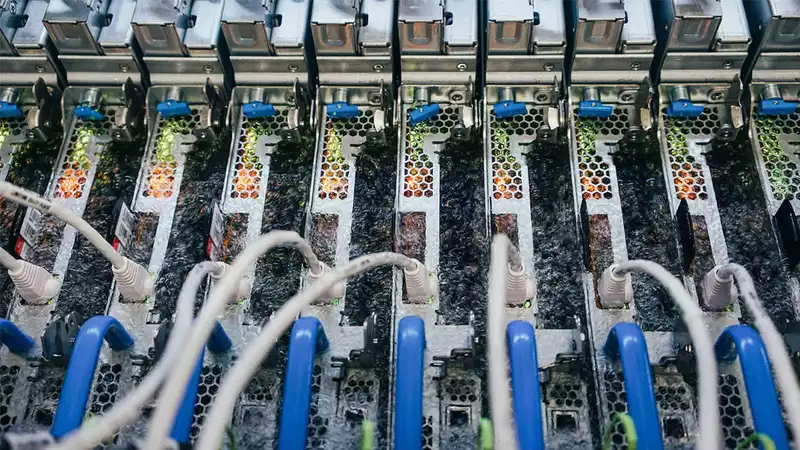Imagine if someone told you that they had submerged your PC in a bathtub full of boiling liquid with the system still running. You would probably feel a mix of emotions: anger, shock, and bewilderment. But Microsoft plunged a server rack full of them into a steel tank filled with a special liquid developed by 3M.
Unlike naturally occurring water (which is not pure H2O), this specially designed liquid does not conduct electricity and is actually an effective insulator. The general concept is not new; PC users have been dabbling with mineral oil for more than a decade. But Microsoft is about to embark on uncharted territory as a cloud provider.
"We are the first cloud provider to run two-phase immersion cooling in a production environment," said Housam Alissa, principal hardware engineer on Microsoft's data center advanced development team in Redmond, Washington.Interestingly, Microsoft is applying lessons learned from cryptocurrency miners who have employed similar cooling methods to help mine bitcoin and other digital currencies.
The way it works is that cooling coils snake through a tank shaped like a sofa filled with 3M liquid. From there, these coils are connected to an external dry cooler. Heat exuded from the submerged server racks is transferred to the liquid, and 3M designed the liquid to boil at only 122F (50C) compared to water, which has a boiling point of 212F (100C).
Because of the low boiling point, the liquid in the coil is never hotter than the surrounding air and does not need to be watered to aid evaporation. This is essentially a sealed cooling system.
"The boiling effect caused by the work being done by the server takes heat away from the working computer processor. This cryogenic boiling allows the server to run continuously at full power without the risk of failure due to overheating,"
according to Microsoft.
It also facilitates CPU overclocking. Not for constant use, but to handle the increased workload that occurs at certain times of the day. For example, in the late afternoon, computing power spikes as more people join Microsoft Teams at the same time. In such cases, the servers can remain cooler and run faster.
"If done correctly, two-phase immersion cooling can achieve all cost, reliability, and performance requirements simultaneously with virtually negligible energy consumption compared to air cooling," Azure Principal Software Engineer Ioannis Manousakis added.
Microsoft's hope is that servers immersed in 3M liquid will experience failure rates as low as those of the underwater data centers it is testing as part of Project Natick, where servers in specially designed tubes are placed on the ocean floor.


Comments